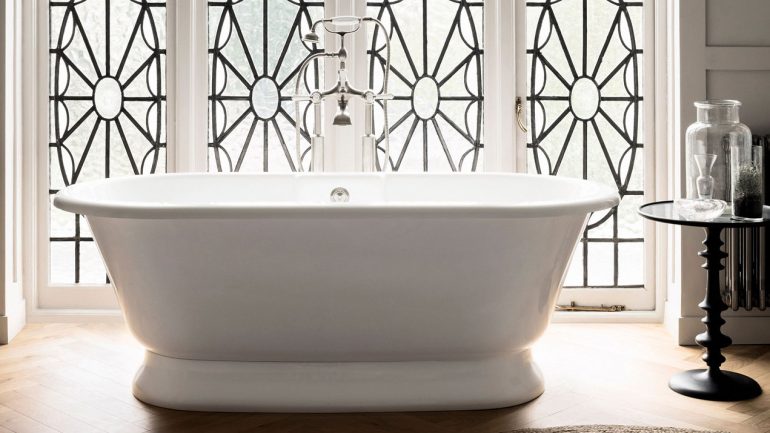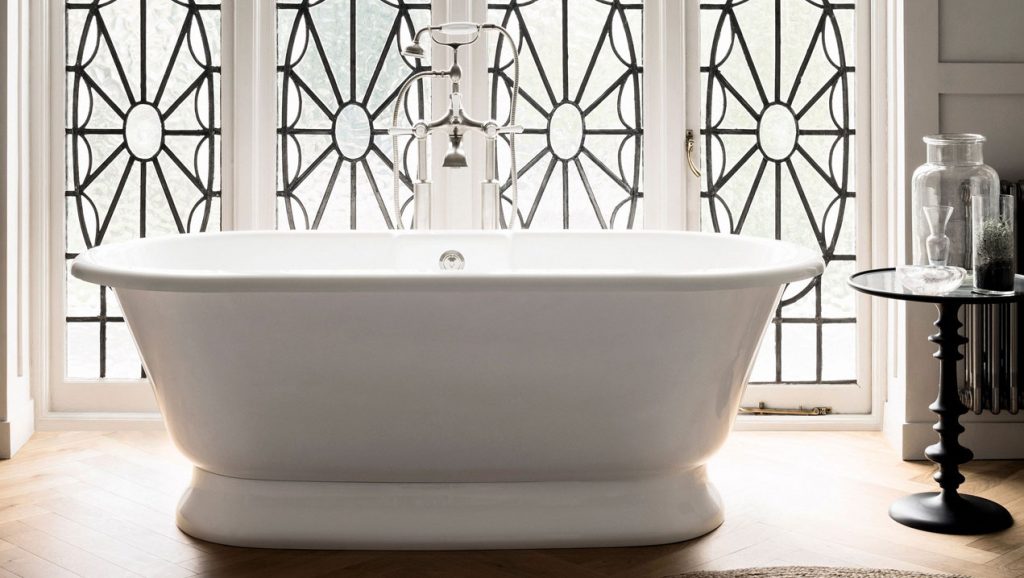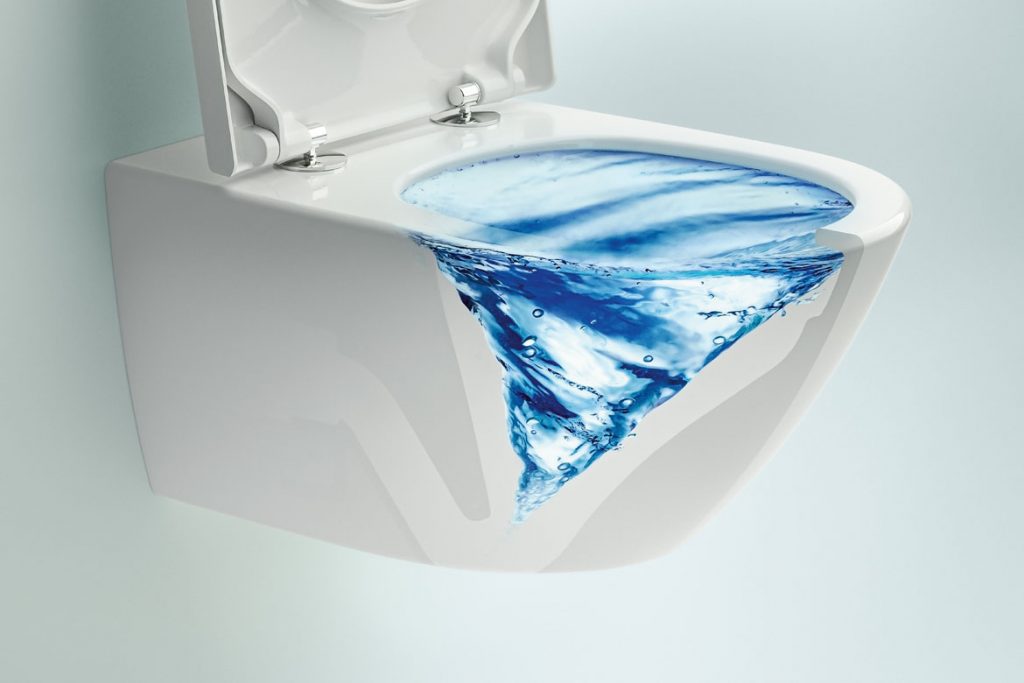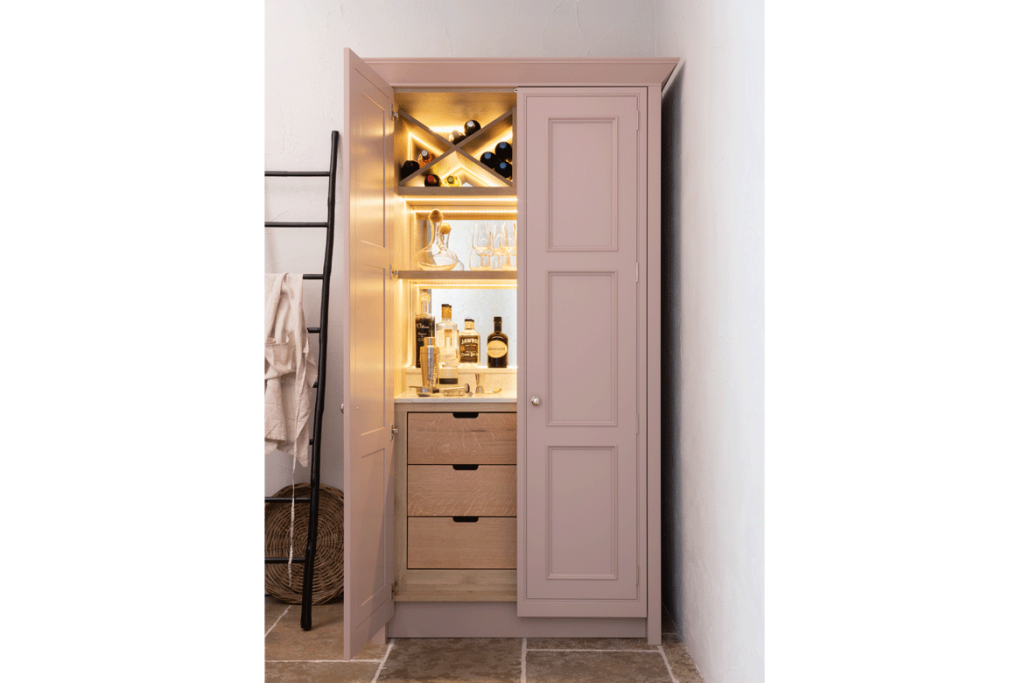This year, with the distraction of the cost of living crisis as we approach the Christmas period,
everyone is worrying how to keep their costs down over the festive period – and beyond.
We speak to Timea Kaszasne, one of Interiors by Haroys’ top designers, to get some insider knowledge of energy and cost saving gadgets around the home.
Timea said: This past year I have spent a great deal of time at home on maternity leave, which made me look at the adjustments that can be made to keep our running costs down.
The cost to run a bath (or a power shower) is significantly more than the cost of taking a regular shower. If we look at the cost over a year of taking baths compared to showers, the numbers become quite considerable.
The estimated cost of a 150 litre bath is between 30p and 90p, depending on the efficiency of your boiler. Bathing once a day at approximately 60p per bath, equates to an annual cost of 54,750 litres of water at £219.
It’s much less in terms of water and money, to use a shower. The average 8 minute standard shower only costs between about 25p and uses only 50 litres of water, costing 18,250 litres of water at £91.25 per year.
If you can shower in 3 minutes, then each shower is probably less than 10p. This is £36.50 per year.
Of course you could go one step further and be like our grandparents… Supplement showering just twice a week with a strip wash, although I guess this wouldn’t be ideal for most people these days, or to save even more money, shower at the gym!
Switching from a power shower to a water efficient shower head can save you up to 77% so could be the cheapest option of all.
Villeroy & Boch have also released a cost and water saving toilet. The Twist Flush toilet produces a fast vortex of water that covers the whole internal surface area of the toilet bowl and they claim that a family can save 19,700 litres of water per year. Why not come into our showroom and see one in operation?
Now let’s look at the kitchen. Some people prefer the responsiveness and tangibility gas, while others may prefer an easier to clean induction hob. Gas allows us to instantly turn the heat up or down and is versatile to gently simmer or cook on high-heat, for example when cooking with a wok. Being able to see the flame feels like you have more control too, doesn’t it?
An induction hob can either use a lot of power for a very short period to cook quickly, or it can use less power over a longer period to deliver the same temperature output as a ceramic hob. In short, induction hobs use less overall power for each cooking job than ceramic, because they only heat the pan with their technology and not the air around it. For example, according to research from Defra, the average power consumption to cook a chicken stir fry was 0.67kWh (4.69p) for gas, 0.39kWh (10.92p) on ceramic and 0.32kW (8.96p) for induction. Although it is more expensive in this instance, induction is clearly the most efficient technology and has lower running costs than ceramic but whichever way you look at it, gas hobs are cheaper to run even though they’re the least efficient. This is because the unit price of gas is far cheaper than electricity. It’s the reason why gas central heating is cheaper to run than electric radiators, despite being less efficient. As at the beginning of April this year, a typical UK customer paying by direct debit was spending around 28p per kWh for electricity compared to 7p per kWh for gas, so based on average power output per burner, for one hour per day, the costs look something like this:
- Induction hob – 28p x 1.95kWh = 54.6p a day, £199.29 a year
- Gas hob – 7p x 1.95kWh = 13.7p a day, £50 a year
Of course there are variables to consider such as the power used, whether that’s full power or a low simmer.
Then of course, for those who still can’t decide, a modular hob could be the answer. These can be a combination of gas, induction, ceramic, deep fryer, barbecue grill, griddle and teppanyaki zones, so you can be as versatile as you like! There are also dual-fuel hobs available that combine gas and induction in one.
Another final thought for keeping your outgoings to a minimum could be to entertain at home instead of going out. By installing a home bar – 1909 have a stunning Gin Cabinet – you can save money while still having fun with your friends from the comfort of your own home!
We’re happy to give advice and help you decide which appliance or technology would suit you best.
Visit us instore or at www.interiorsbyharoys.co.uk, or please telephone 01202 686236.
Contact
T. 01202 686236
E. sales@haroys.co.uk
A. 91 Poole Road, Westbourne, Bournemouth, Dorset, BH4 9BB






Leave a Reply